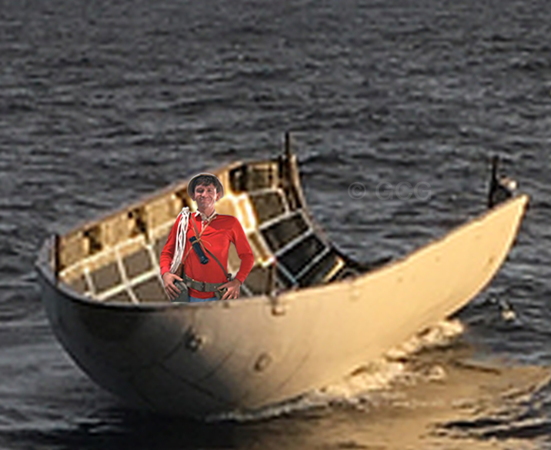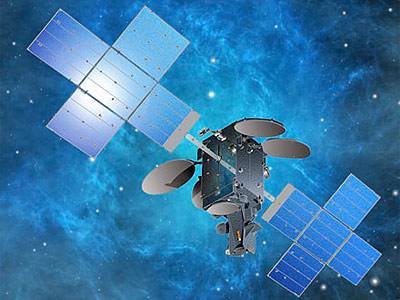Barkley
Well-Known Member
- Joined
- Jul 1, 2015
- Messages
- 572
- Reaction score
- 15
It was still funny as f though.

Well, if you don’t get the joke, then that’s too bad. But completely deconstructing it would really ruin the enjoyment for others, and revealing the methods used for writing the joke would be giving away too much tradecraft. But I can tell you the main four elements of comedic theory employed in this particular joke. There is the element of surprise. There is the drawing of a connection between two incongruous and seemingly unrelated ideas. There is an opportunity for the audience to feel superior to the subject of the joke. And there is misbehavior, but in a socially sanctioned form — the mockery of politicians.
Thirsty-
When I grow up I wanna be just like you.
:clap::rofl::clap::rofl::clap::rofl::clap::rofl::clap::rofl:
Launch was successful apparently. Haven't heard word on the fairing yet.
Close but no cigar....
On the plus side, it's a nice boat!

So, they missed, learned from it, better luck next time. Ok.
But what if the fairing lands on the bridge of the ship and crushes people? Seems kinda risky. Surprised it's not a robotic ship, at least for the landing time.

Tony, did you do that Photoshop?
Theyll try larger parachutes next time.
Article about the fairing recovery attempt:
https://techcrunch.com/2018/02/22/s...ocket-fairing-with-a-giant-net-on-a-big-ship/

In the image of the ship, there is a steel structure between the front of the net and read of the bridge. If the fairing just missed over the front of the net (or the ship missed the fairing, unclear if the ship is passive or active during the catch attempt but I presume passive as in an aircraft carrier), then it would hit that structure, maybe some of the antennas. I do note that there are lines running to/from that structure, and to the arms holding the net attachments, so that structure is serving another purpose but it my also be for protection given those vertical angles posts at the upper area (I dont have time right now to Google for old Mr Steven photos to see if it had that structure before SpaceX hired them)
Keep in mind the fairing halves are built as light as possible while also being strong enough to withstand Max-Q forces when the halves are clamped together. Mass of the whole fairing about 4200 pounds, so about 2100 for a half.

It’s floating so high that it’s hard for me to imagine that it’s displacing 250 gal of water. But I suppose there’s very little sense of scale in the frame of the picture.
Yes, I couldn't resist. My son got a kick out of it. I like your version better - a lot more humor seeing Gilligan in there.Tony, did you do that Photoshop?...<snipped for brevity>.
George, no launch alert for tonight’s Falcon 9?
NET March 1 2018 at 0034 EST/0534 UTC on Falcon 9 from SLC-40 at Cape Canaveral.
Payload mass is about 6mT.
Drone ship landing will be attempted.

from Emre Kelly of Florida Today: Appears there will only be one launch on Thursday: #AtlasV with #GOESS. Launch of SpaceX #Falcon9 with #Hispasat still working for Eastern Range approval.
SpaceX e-mail to the media notes Falcon 9 is now ready for launch, but that they are currently waiting for a launch date to be approved by the Eastern Range for the Hispasat 30W-6 mission.
Unfortunate.
Turns out Mr. Steven can't catch worth s#!t.
Enter your email address to join: